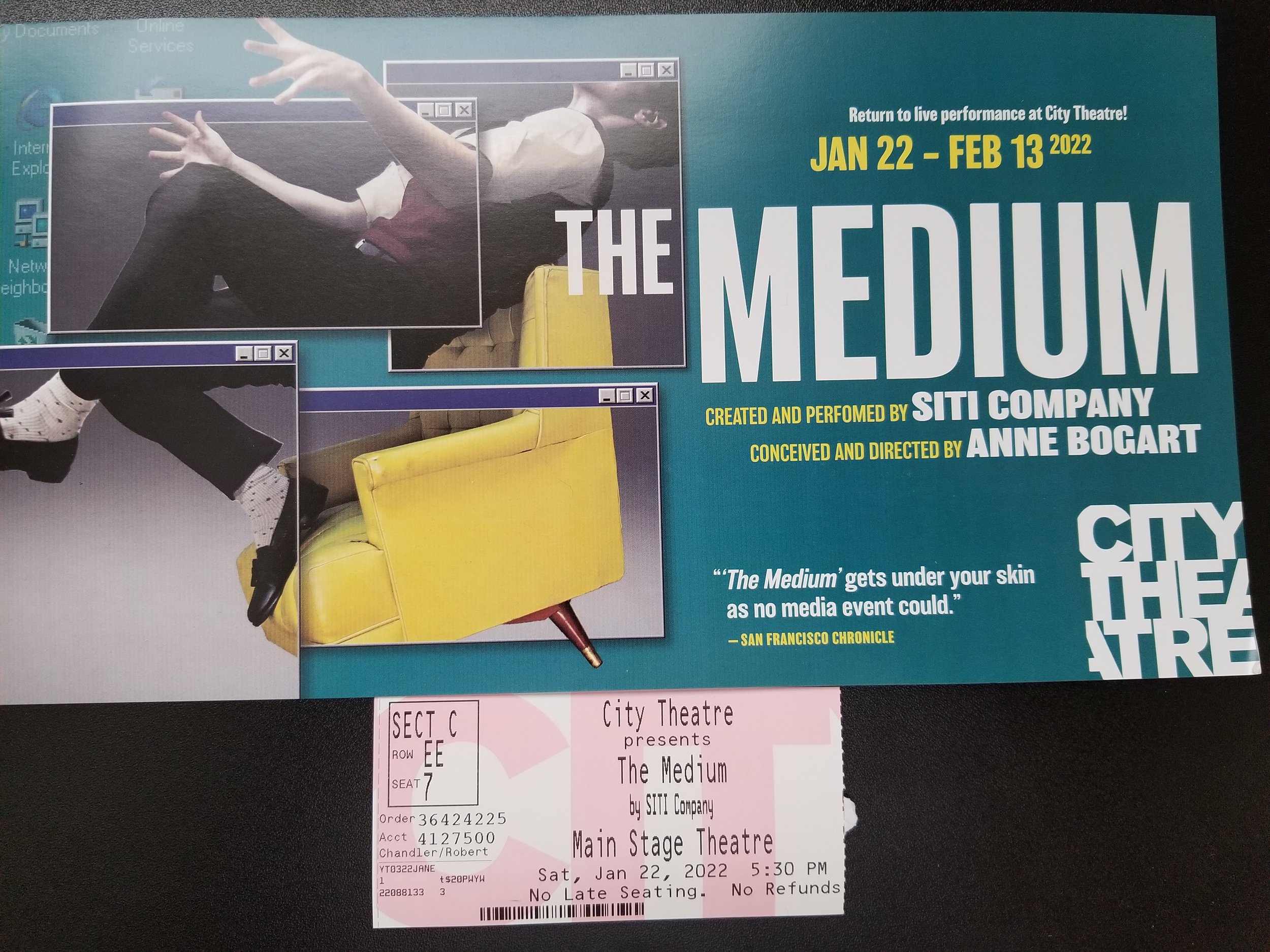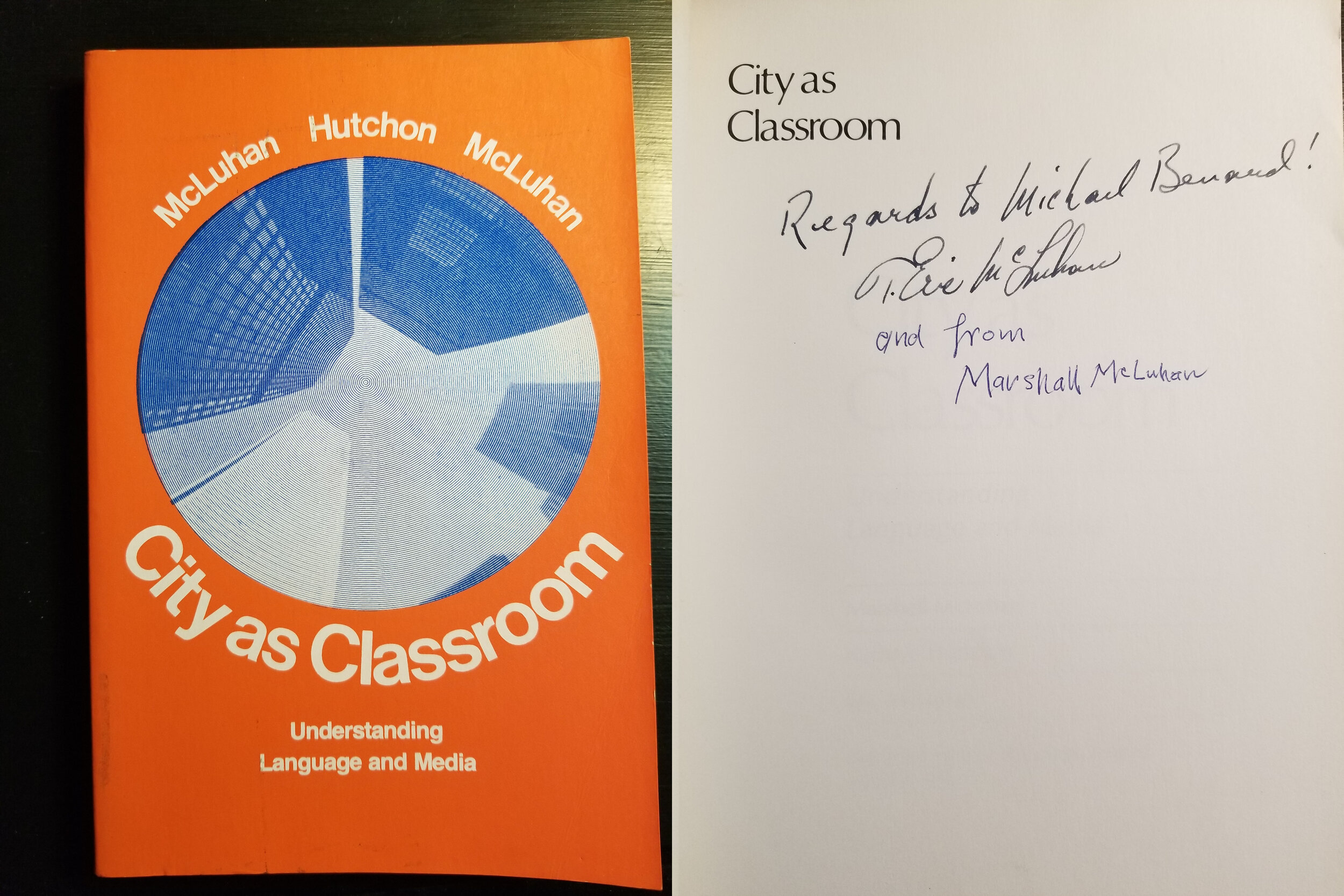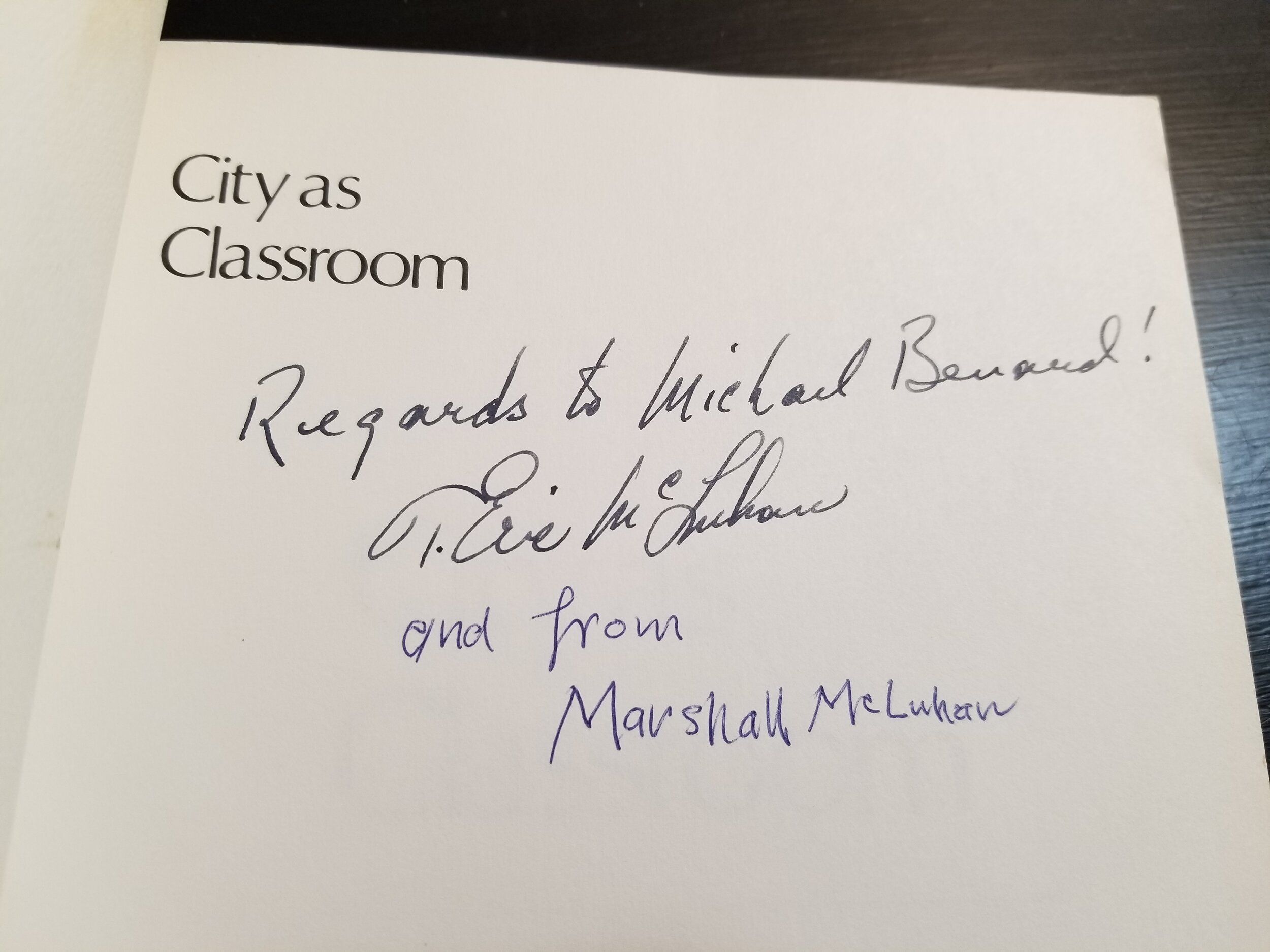2022 in Video Games
I rarely have the time or energy to play video games these days. My waking life seems sufficiently suffused with challenges, tasks, and the pursuit of “achievements” that gaming often feels more like self-induced stress rather than relaxing escapism. But I’m still fascinated by the medium: games can be counted on to innovate technologically (if not always mechanically or narratively); the industry has been plagued by high-profile scandals, increased scrutiny over workplace and labor culture, and a seemingly unending succession of botched game launches; and for my money video games analysis offers some of the most compelling media criticism going these days.
When I am able to indulge in recreational gaming my temperament tends toward experiences that can be enjoyed in bite-sized time increments and are not demanding in terms of attention or technical skill (bonus points if I can play mindlessly while listening to podcasts). Looking back at the games I got around to playing this past year almost all of them were offerings on Xbox Game Pass, especially indie games or smaller experiences that I might’ve overlooked otherwise. I don’t think I tried a single new AAA offering (the fervor around Elden Ring brought me to the precipice of taking that plunge, but I just couldn’t justify the investment; and even the new Pittsburgh expansion hasn’t brought me back to the wasteland of Fallout 76).
Back in January when I had returned from holiday travel and still had a week before the new semester started I decided to check out The Forgotten City. This game had a lot of buzz when it came out in 2021 and I’m glad I finally got around to playing it: it’s an extremely fun game with some fantastic writing (we’ve also been in a bit of a golden age for time loops as a gameplay mechanic; I realize that cycles of player deaths and replaying levels with the benefits of past experience are integral to the genre, but in the past few years it seems like several games have foregrounded time loops as part of the narrative and overall game experience). I never played the original Skyrim mod that this game started off as, but it’s easy to spot that DNA even as this remake fully embarks on doing its own thing. Even though the inevitable breaking of the golden rule could lead to some startling and stressful moments (and desperate, frantic flights to get back to the magic portal before being turned into a statue), it was an engrossing puzzle of an experience that I had a great time completing.
Also in January I tried out Superliminal through game pass. This is a puzzle game that originally released in 2019; I remember being super intrigued by the trailer that showcased the central mechanic of exploiting shifts in perspective to manipulate objects. Once you get the hang of it it’s an alternately infectious and frustrating exercise in out-of-the-box problem solving and experimenting with approaching situations from different perspectives.
I had so much fun with Superliminal that I picked up another puzzler around the same time: The Pedestrian, a side-scrolling platformer where you guide a stick person through a series of 2D puzzles set against 3D backgrounds of urban environments. This was a great low-stakes diversion, though the more challenging puzzles later on kept me from completing the game.
Also in the early part of the year I finally finished my playthrough of the Mass Effect Legendary Edition that came out in 2021. Completing Mass Effect 3 mostly felt perfunctory, as the narrative and emotional beats didn’t hit with the same impact as my first go around. Replaying the second and third games and getting to spend more time in that world and with those characters was a treat, but the real pleasure of this re-release is the original Mass Effect; not only because it benefits the most from the graphical remastering and overhaul of gameplay mechanics, but also because I rushed through my original playthrough. I hadn’t yet learned how to savor the Mass Effect experience and ended up missing out on quite a bit of content (and all romance options). The original also stands out as a singular experience in that trilogy, with a unique synthy space RPG vibe that hasn’t been matched since.
Exo One was another game pass pickup: Basically you pilot a sort of sentient shape-shifting orb across a variety of planetary environments by adjusting your relative gravitational pull to build up momentum for traversing the planet surface or gliding through the air…does that make sense? It’s a streamlined experience with no combat or dialogue, some fantastic visuals of alien landscapes, and a relaxing ambient score. It was a great casual pick-up-and-play over a few months.
In May I picked up Sable, also through game pass. Sable ticks a lot of the boxes on my ideal gaming checklist: an open-world environment that emphasizes sandbox-style freeform exploration and traversal mechanics. Oh, and no pesky combat. Sable is a coming-of-age story where you play from the perspective of a young girl who leaves the familiarity of her small nomadic tribe to embark on a rite of passage journey across the wider world that will determine her future social role. The game has a hand drawn visual aesthetic that I found really appealing: I saw people online comparing the visual style to Studio Ghibli (which I don’t really see) and the French cartoonist Moebius (which I can definitely see), but I thought it seemed most evocative of comic book writer and artist Brandon Graham: the art style reminded me of his King City book, and the overall alien world littered with strange creatures and relics of spacecraft strongly recalled his run on the Prophet revival (particularly the odd issue that he also illustrated). It's also got a very chill soundtrack with original music by Japanese Breakfast. In the latter stages of the game I had some frustrating frame rate issues but it didn’t keep me from finishing.
I played a succession of longer games when I had a bit more time on hands during the summer. In June I finally got around to playing Disco Elysium, a game that’s been on my radar for a long time. Since its original release there’s been all kinds of tantalizing analysis of the game’s political themes and how it incorporates real world history and ideology into its fictional setting, but I did my best to avoid spoilers because I knew I was interested enough to want to experience it for myself. Overall my experience with the game was positive but also a bit underwhelming: I suppose that’s inevitable with how much acclaim the game has received, including it regularly being cited as one of the GOATs. The game does a great job of establishing a melancholy mood and at times it almost felt too bleak, even though it’s infused with a subversive sense of humor throughout. The plight of the protagonist really resonated with me personally: early on I started dreading the nocturnal visitations from the mysterious “her” for the emotionally harrowing introspection they would provoke for both the character and myself. One of my disappointments with the game is how the concluding section and resolution walks back some of these revelations, undercutting the earlier emotional impacts. The sheer amount of content and dialogue options in the game lends itself to replayability, but so far I haven’t felt compelled to return to the world of Revachol.
Also in June I finally got to play Microsoft Flight Simulator through the magic of cloud gaming. I’ve been wanting to try this one out since it was announced: the use of satellite imagery to create a real-time representation of the whole globe is so cool. As much as I enjoy exploring fictional worlds in video games, I’m even more a fan of seeing how real world spaces are recreated in virtual environments. I haven’t progressed in my piloting skills (in fact I still haven’t managed a single successful take off), but I’ve had a lot of fun flying the volocopter around to find my previous apartments and retracing familiar routes through cities.
In July I gave Life is Strange: True Colors a shot. I played the original Life is Strange back in 2015 and liked it just fine (I mostly recall my unsuccessful attempt to talk someone away from a building ledge as a particularly affecting moment in my gaming experience). This latest installment looks great and creates a really nice vibe of a cool little Colorado town. I really enjoyed meeting the residents and just hanging out in the record shop or chilling in my apartment. The bulk of one episode is dedicated to a LARPing activity that plays like a turn-based RPG and offers some fun foreshadowing of the narrative revelations to come; it was a blast to play. A lot of the final episode involves journeying through your character’s memories and most of it works fine, but I thought the final act went completely off the rails with some ludicrous out-of-left-field plot developments, credulity-straining twists on how the magic powers in the game work, and an unsatisfying and melodramatic final showdown that feels out of joint with what came before.
Some other game pass picks from the summer: Road 96 is an RPG adventure game where you play as a series of runaway teenagers seeking to escape a fictional police state by sneaking across a heavily guarded border. I went into this game cold and was really pleasantly surprised. I enjoyed the gameplay loop of episodic encounters as you hitchhike your way to the border and that way that different characters and narrative threads intersect with your journey at different points (there’s a randomized element to what sequences show up in any given playthrough). The game is dealing with some heavy themes: authoritarian governments, propaganda and media collusion, the plight of vulnerable youth, homelessness, immigration, and the refugee experience. I don’t know how successful the game is at addressing these issues but I found it compelling through several playthroughs.
I had a similar but slightly less enthusiastic experience with As Dusk Falls. When I first saw the game showcased I was skeptical about the art style: instead of full animation the visuals are presented as a succession of still images, sort of similar to a motion comic. When I saw the trailer my inclination was that the transitions across images would be nauseating in practice, but it didn’t bother me when playing the final game. This is a narrative game where you play as various characters making dialogue choices and other decisions that lead to various outcomes. It’s a good execution overall with a satisfying ending(s) that also sets up an intriguing hook for a sequel.
I briefly returned to the world of Watch Dogs: Legion to play the final DLC expansion, Bloodline. It was exactly like my experience with both Legion and the original Watch_Dogs: I had a perfectly fun time breezing through the missions until getting to a final boss battle that so completely overwhelms with the amount of crap it throws at you that I give up and abandon the game forever.
Also in July I picked up Kentucky Route Zero: TV Edition. This game originally came out for PC in episodic installments. I played the first couple of acts back in 2014; the final installment only came out in 2020. So this was an opportunity to play the whole package. Similar to my experience with Disco Elysium, I felt a bit underwhelmed in comparison with the amount of acclaim I’d heard about the game. It’s an interesting presentation, and it certainly gets points for being different, but I was feeling bored and impatient toward the end. Supposedly the creative team behind the game didn’t have backgrounds in game development but rather had experience in art installations and theatrical productions. And these influences are very apparent in Kentucky Route Zero (along with museal and academic practices, and a keen interest in obsolete technologies). At times the fact that this is supposed to be a “game” seems beside the point, with mixed results. In my experience the game had some soaring highs (i.e. the musical performance at the Lower Depths bar) and some desultory lows (i.e. the interminable Entertainment interlude).
August featured a delightful surprise in the form of Super VHS: a free PC and virtual reality game that faithfully recreates the Milwaukee studios of Redlettermedia for an easter egg and fanservice-filled celebration of the group’s history and programs. It was a great treat to discover on a slow Saturday morning.
I didn’t have much time for gaming throughout the Fall with my research program in full swing, but I managed to fit in a couple of games in the last month to cap off the year. First was Pentiment, a narrative RPG from Obsidian studios. Pentiment was a real joy to play: it’s got a gorgeous art style that evokes the medieval setting, beautiful period-appropriate music, and rich writing with fleshed out characters and heady themes. The initial setting of a monastic scriptorium bears obvious influence from Umberto Eco’s The Name of the Rose, and there’s fun easter eggs shouting out the novel as well. The plot is primarily driven by investigating a series of murders, and the complex choice-based and dialogue-driven writing that Obsidian is known for through their Fallout work shines both within and outside the investigations. As time progresses forward you are compelled to name potential suspects (or otherwise allow likely innocent people who have already been accused to bear the blame). By the climax of the first investigation I had reasoned out who I thought were the likeliest perpetrators (and my suspicions were eventually confirmed by the game’s final revelations), but I hadn’t discovered the necessary evidence to support my suspicions. These moments are high stakes decision points where life and death hang in the balance, but what Pentiment really gets right is in the low stakes encounters where a speech check succeeds or fails based on your previous choices. Each time I failed a speech check it felt crushing, even what was at stake was only offering some encouragement or advice to one of the townsfolk. There’s a great autumnal and then winter setting to the game which really enhanced the experience of playing over the past few weeks. The visual presentation also has a fantastic media ecology element, where the literacy levels of the characters is represented by different font styles ranging from varieties of handwritten script to block letters of the movable-type printing press.
Finally, the last game I played this year is the recent release High On Life from Squanch Games, the developer founded by Rick and Morty co-creator Justin Roiland. I had been looking forward to this as a day one game pass release. The obnoxious fandom and increasingly uneven writing has somewhat soured my ability to enjoy Rick and Morty in recent years, but I’m still an appreciator of Roiland’s humor (something that nearly all reviews of High On Life have emphasized as the strongest predictor of how you will feel about the game). It’s essentially a first person shooter set inside the world of interdimensional cable where your gun chatters at you with Morty’s voice. A lot of my enjoyment of the game has stemmed from the people involved. I knew from preview footage that Zach Hadel was doing some voices for the game, but I was pleasantly surprised to discover vocal appearances from several comedians I like including J.B. Smoove, Betsy Sodaro, and Andy Daly. There’s also some nice Redlettermedia references with Mike Stoklasa showing up as the voice of a random alien, and the ability to warp in a movie theater where you can listen to the core trio riff on a feature length film. Anyway, it’s been a fun way to decompress in between grading final papers.














